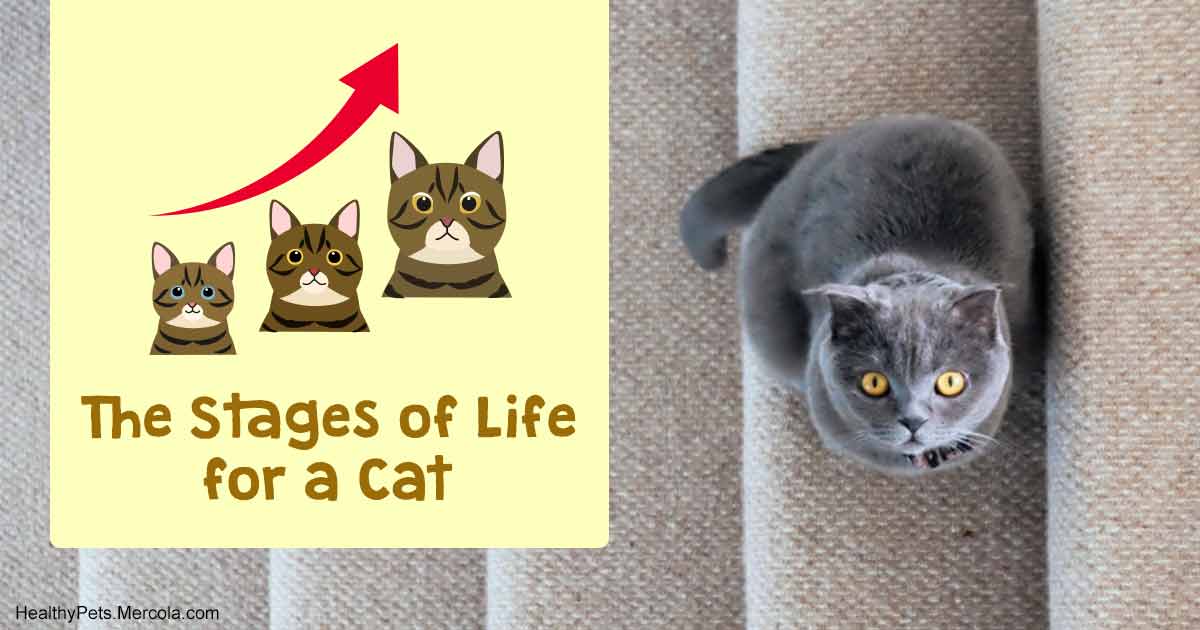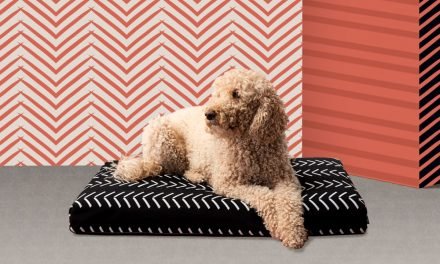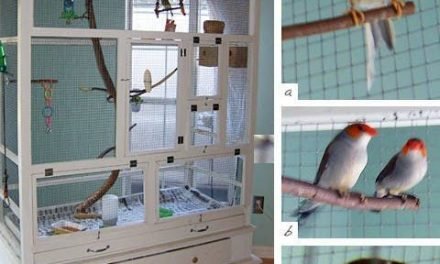If you’re questioning when your still-rambunctious kitty will be totally grown, needless to state, the shift isn’t as simple to find in felines as it remains in people. Typically speaking, 18 is the age at which teens are thought about to be grownups, whereas levels of maturity are determined in a different way in cats.
.Throughout the First 6 Weeks, Kittens Develop at Warp Speed.
Weeks 1 through 6 are the duration throughout which kittycats grow and establish extremely quickly. Given that they’re all a little bit various, some might advance a bit more gradually, while others establish faster than average. There’s no requirement for issue unless the rate of your kitty’s advancement is substantially various from the standard.
• • Stage 1: Newborn– Kittens weigh just a few ounces at birth, however they grow extremely quickly, with many doubling their weight in the very first week of life. Throughout this time, the mom feline understands she should keep her infants warm, nurture them, and promote (lick) their bodies to motivate food digestion and removal.
Newborn kittycats can’t walk around much, and the only sound they make is a faint mew. What remains of the umbilical cable normally drops off on day 2 or 3. They can neither hear nor see, because they’re born with their eyes sealed shut and their ears folded. They’re likewise toothless. Eventually in between days 5 and 14, cat’s little ears will begin to unfold and her eyes (constantly blue in the beginning) start to open.
• • Stage 2: Two-week old kittycat —– At 2 weeks, kittycats start to establish a sense of odor and their eyes open entirely, though their vision is delicate and still fuzzy to intense lights. At this phase, kitties end up being mindful of their littermates and start to complete for mother’s nipples at mealtime.
• • Stage 3: Three-week old kitty —– During his 3rd week of life, cat’s sense of odor is totally developed, and his ears end up being put up, though his hearing is still establishing. He might begin to get his little purr on, and primary teeth will start to rise through his gums. His adult teeth will start to change them in a couple of months. Quick, mild handling needs to start at this moment.
At this phase, mom feline no longer requires to promote her kitties to assist them absorb food or remove, however she does still have the majority of the grooming tasks.
• • Stage 4: Four-week old kitty —– At 4 weeks, kitties start to communicate with their littermates and reveal interest in their environments. They might try a couple of shaky actions. By the end of the week, they’re generally playing and checking out when they’re not sleeping or nursing.
• • Stage 5: Five-week old kitty —– By 5 weeks of age, cat’s vision is totally established, and her eye color might start to alter. She’s growing more daring. Strolling is less difficult and catching littermates ends up being fantastic enjoyable. This is precisely the correct time to start actively mingling her and getting her utilized to human handling.
You can likewise present her to strong food today, however she’ll still require to nurse and isn’t rather prepared to be weaned. This is likewise a great time to present her to her litterbox . I suggest beginning with a shallow box cover that she can quickly enter and out of, with simply a couple of inches of litter.
.Feline Life Stage Chart.
Like the majority of animals, felines advance through kittenhood and the teenager years much faster than human beings. A 6-month-old feline is the equivalent of a 10-year-old kid, and a 2-year-old cat has to do with 24 in human years. At around 5 or 6, the rate decreases a bit, so a 10-year-old feline is roughly 56 in human years.
The following chart reveals the life phases connected with feline ages and their approximate human equivalents:1
.Life Stage Cat Age Human Equivalent.
Kitten (Birth to 6 months)
0 –– 1 month 2 –– 3 months 4 months 6 months
0 –– 1 year 2 –– 4 years 6 –– 8 years 10 years
Junior (7 months to 2 years)
7 months 12 months 18 months 2 years
12 years 15 years 21 years 24 years
Prime (3 to 6 years)
3 4 5 6
28 32 36 40
Mature (7 to 10 years)
7 8 9 10
44 48 52 56
Senior (11 to 14 years)
11 12 13 14
60 64 68 72
Geriatric 15+ years
15 16 17 18 19 20 21
76 80 84 88 92 96 100
It’s not unusual for well cared-for felines to live into their late teenagers and early 20s nowadays. Unlike pure-blooded canines, most of cats have not been selectively reproduced, which waters down the acquired characteristics that trigger hereditary illness. most illness seen in felines today are lifestyle-related , which suggests that as your cat’s guardian, you have a terrific offer of control over how well and how long she lives.
Consulting with a proactive, integrative vet throughout your feline’s life manages your cat the advantage of continuous and dynamically altering wellness procedures at every stage your feline’s life. Supporting your feline physically, metabolically, nutritionally and immunologically as she ages is one the most essential things you can do to not just extend life expectancy however keep your feline’s health extraordinary as time goes on.
.The Golden Years: Winding Down.
There’s no requirement to worry when your feline buddy goes into retirement, however it is time to begin taking actions to guarantee she remains as healthy and delighted as possible throughout her senior and geriatric years .
Let’s have a look at how felines reveal indications of aging and what you can anticipate along the method.
• • From fully grown to formally a senior (around age 11) —– This is a time when most felines start to decrease a bit. It’s crucial to keep in mind that simply like us, felines are people and age at various rates, so there can be indications of slowing down in cats as young as 8, as well as 14-year-olds who still run around like kitties.
Whatever their age, indoor felines value a constant everyday regimen, and older cats in specific can get really stressed out when they come across something various or brand-new in their environment. When you come house as she when did, another subtle modification you might observe is that your cat does not constantly welcome you at the door. She might be playing less and sleeping more.
Many felines likewise tend to end up being more talkative as they grow older, and more quickly surprised by loud or odd sounds.
Aging cats typically start to establish a lot of the very same health conditions older people do, such as arthritis , kidney issues , thyroid illness, or diabetes . That’s why I motivate every family pet moms and dad with a feline (or canine) over age 7 to arrange twice-yearly veterinary health check outs; dealing with moderate kidney illness that has actually simply started is a lot more effective than permitting organ degeneration to happen for twelve months or more prior to identifying it.
• • Moving beyond the senior phase —– By the time your feline remains in the 12 to 14-year variety, there’s a possibility he’s moving more gradually, and he might be experiencing some loss of vision and hearing. He might likewise have less tolerance for winter. Lots of older felines establish age-related cognitive decrease , so making little modifications in their environment or regimen can be difficult for them.
Along with more napping, your senior cat might end up being more quickly inflamed. You might likewise see he chooses to invest more time alone. If this holds true, you can increase his sensations of security and security by making his preferred hideout a warm, comfortable little area he can pull away to whenever he likes.
However, it’s likewise essential to bear in mind that older felines still require to engage with their people frequently, so reserved a long time every day to invest with him. Keeping senior felines active is essential for muscle tone upkeep and supplies cognitive enrichment.
Veterinary examinations will now include a comprehensive nutrition and supplement evaluation, senior workup , consisting of a physical examination and stool, urine, and blood sample tests. The outcomes of these tests will offer a photo of how well your feline’s organs are operating and indicate any prospective issues.
Your veterinarian will likewise inspect your feline’s weight, joint series of movement and high blood pressure. I advise indoor felines be titered in location of automated vaccines; this is specifically essential for older cats.
• • Age 15 and beyond —– Once your cat reaches 15 years of age, she formally signs up with the geriatric set, even if it’s not all that obvious. She’s moving and believing more gradually now, and she might have several age-related health obstacles.
She’s most likely not as responsive or alert as she when was, sometimes she might appear baffled, is sleeping more, maybe vocalizing more, and connecting with member of the family less. She might not be as well-groomed as she when was and might periodically “miss out on” her litterbox.
As long as your feline is seeing the veterinarian a minimum of two times a year for examinations, and in between check outs you’re keeping a cautious eye out for abrupt or considerable habits or health modifications, there’s no factor to be alarmed with your feline “changing equipments.”
Make every effort to keep her life trouble-free by keeping a constant day-to-day regimen and supplying her with her own peaceful, relaxing area equipped with comfy bed linen and a familiar toy or more. Your geriatric feline will value peaceful nap zones that consist of locations of natural sunshine, no EMFs or air toxins (no used smoke, plug-ins, space sprays or candle lights).
At your routine veterinary health sees, you’ll wish to point out any modifications you’ve seen in your feline, for instance, reduced or increased hunger or water intake, throwing up, irregularity or incontinence, aggressive habits, or psychological confusion.
You’ll likewise wish to keep a mindful eye out for indications your feline is in discomfort, which can consist of hiding, teeth grinding, panting, shortness of breath, loss of interest in food, or unwillingness to move.
All feline moms and dads desire their feline relative around for as long as possible, and we likewise desire their lives with us to be healthy and delighted. If you’re wanting to assist your own feline live into her early 20s or late teenagers, there are numerous things you can do to supply her with a long-lasting way of life that uses her the very best possibility to age with you: 8 Tips to Help Your Cat Enjoy a Long, High-Quality Life .
.Sources: PetMD
Read more: healthypets.mercola.com






Recent Comments